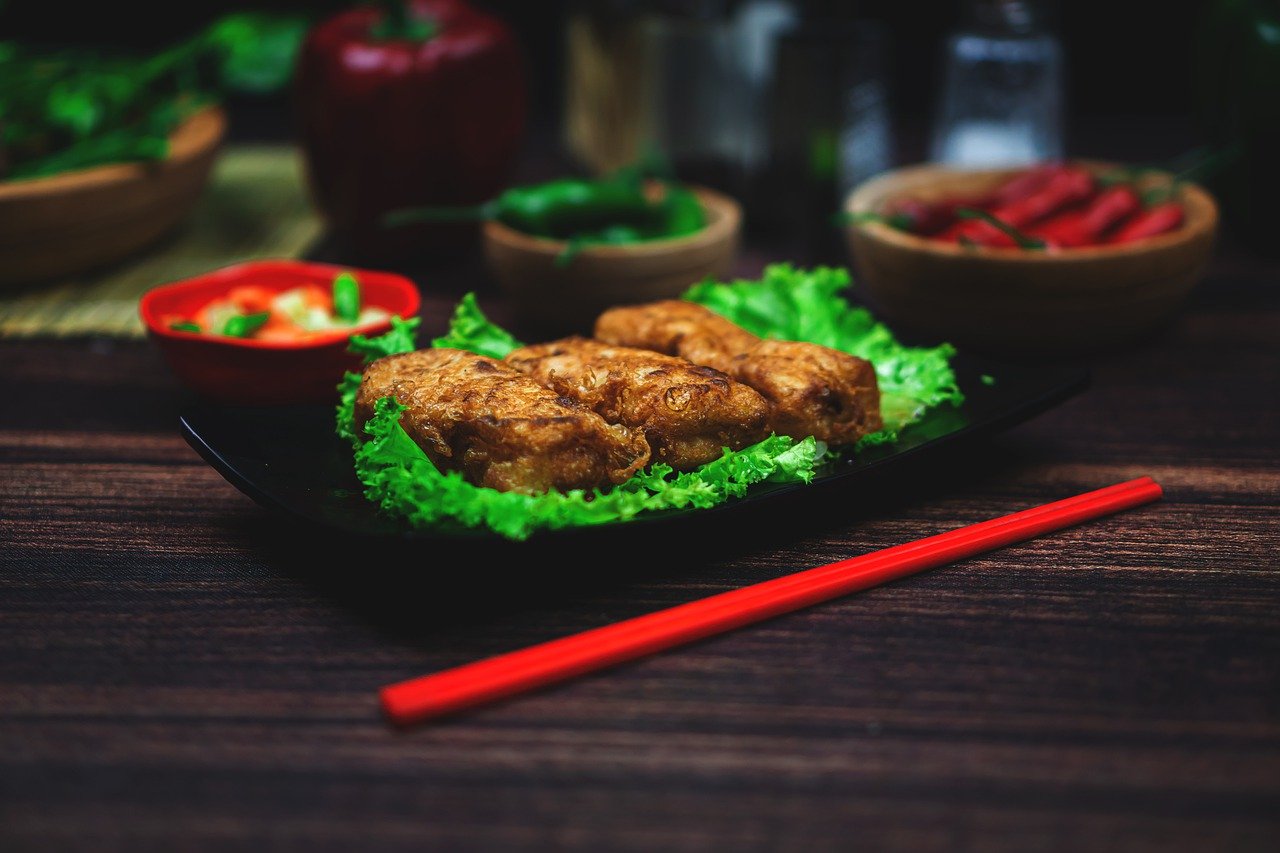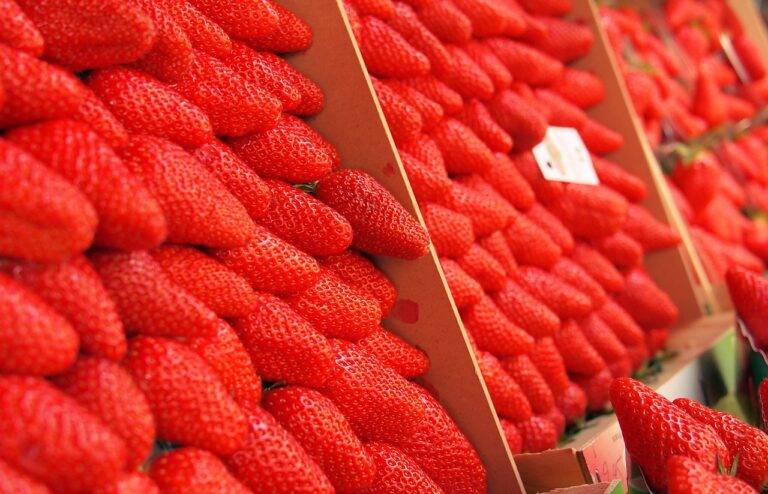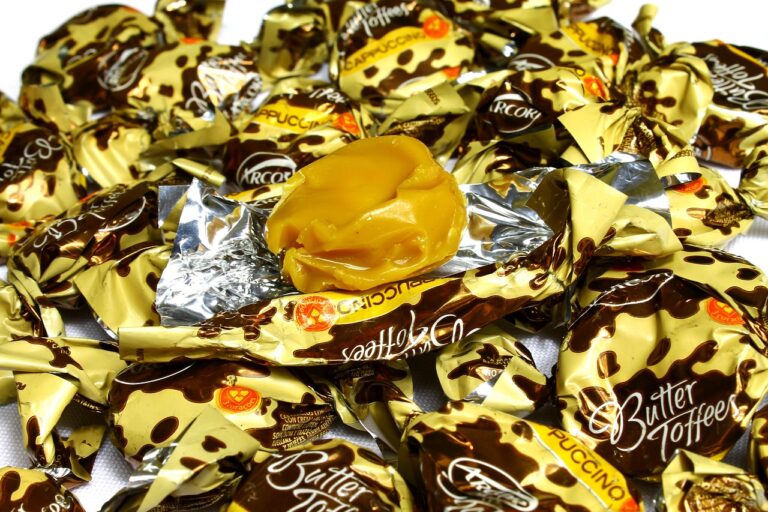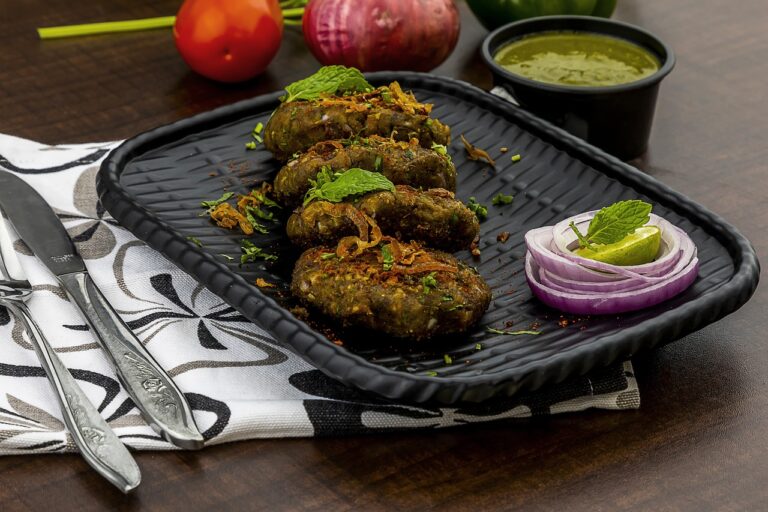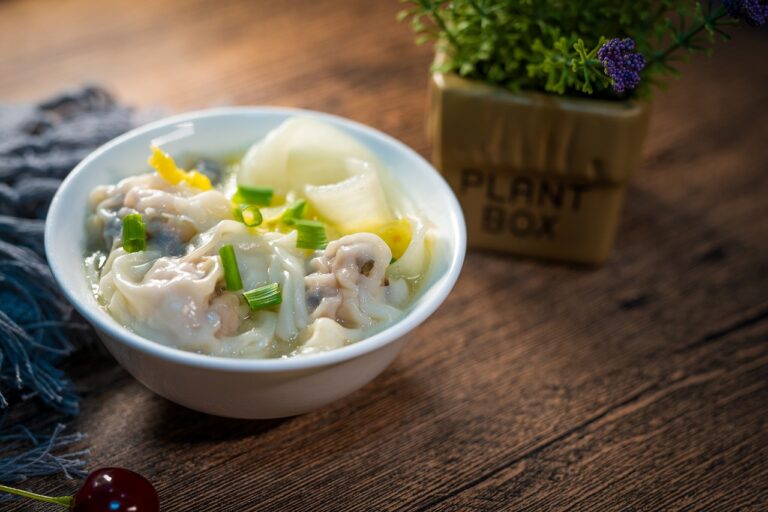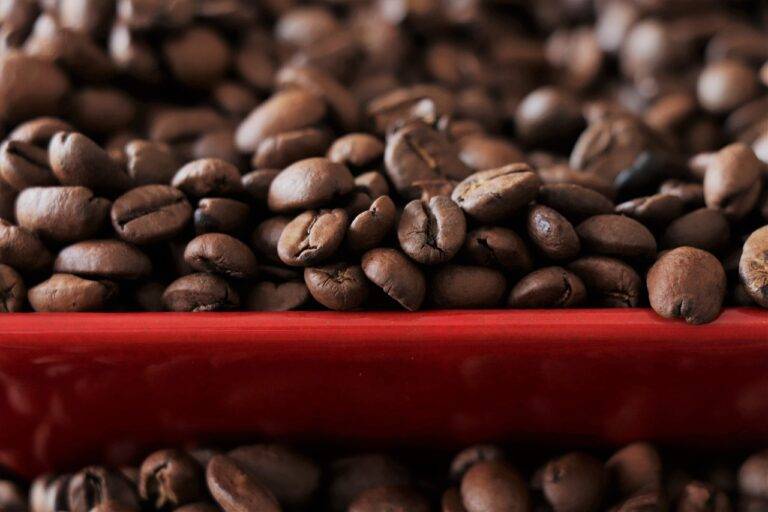The Art of Food Carving: Transforming Ingredients into Edible Art
Food carving, also known as culinary art, has a rich history dating back centuries. This ancient practice was originally used as a way to showcase power and wealth, with elaborate carvings being reserved for royalty and nobility. Over time, food carving evolved into a form of artistic expression, with intricate designs and sculptures becoming a staple at banquets and special occasions.
In countries like China and Thailand, food carving became a respected skill passed down through generations. These intricate designs were not only visually appealing but also believed to bring good luck and prosperity. As food carving spread to other cultures, each region added its own unique flair, creating a diverse array of techniques and styles that continue to influence culinary art today.
Different Techniques Used in Food Carving
Food carving involves a variety of techniques that skilled artisans use to transform fruits, vegetables, and other edible items into intricate designs. One common technique is known as chip carving, where small triangular cuts are made to create patterns and textures on the surface of the food. This technique requires precision and attention to detail to achieve the desired effect.
Another popular technique in food carving is known as relief carving, where the carver removes layers of the food to create a three-dimensional design that stands out from the background. This technique is often used to create elaborate sculptures and decorative pieces that are visually striking. Mastery of relief carving requires patience and a steady hand to bring out the intricate details of the design.
Tools Required for Food Carving
When it comes to food carving, having the right tools is essential to create intricate and detailed designs on fruits, vegetables, and other food items. Some of the basic tools required for food carving include a set of sharp knives with different blade shapes and sizes. A sharp paring knife is ideal for delicate cuts, while a larger chef’s knife can be used for more robust carving tasks.
In addition to knives, a carving set that includes specialized tools such as V-tools, U-tools, and scoops can help in achieving specific textures and shapes in food carving. These tools allow for more detailed and precise carving work, making it easier to create decorative patterns and designs on various food surfaces. Having a selection of carving tools ensures that you have the right instrument for the particular carving technique you wish to employ.
What is the history of food carving?
Food carving, also known as culinary art, has been practiced for centuries in various cultures around the world. It dates back to ancient times when elaborate food displays were created for important events and ceremonies.
What are some different techniques used in food carving?
Some common techniques used in food carving include vegetable carving, fruit carving, butter sculpting, and ice carving. Each of these techniques requires different skills and tools to achieve intricate designs.
What are some essential tools required for food carving?
Some essential tools for food carving include carving knives, paring knives, sculpting tools, garnishing sets, and specialized carving tools such as melon ballers and channel knives. These tools help food artists create detailed and decorative designs on fruits, vegetables, and other food items.

